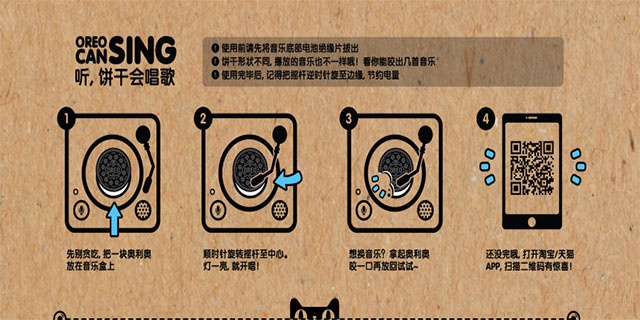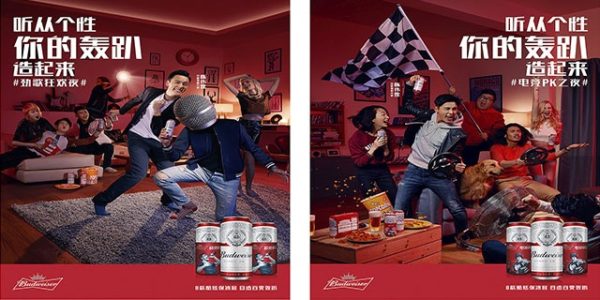
According to our latest EnSpire report, Chinese marketers across all sectors are leveraging social channels with featured content to drive success in e-commerce. For example, L’Oréal used their annual partnership with Cannes to highlight their products on social via a very popular strategy in China – KOLs. They used WeChat to promote their limited edition celebrity-themed lipsticks, and sold 52,000 lipsticks in the first hour of the activation.
Another example is a recent campaign from Oreo, who was looking to improve brand performance with younger consumers while simultaneously driving e-commerce sales. In order to achieve this goal, they made a customized cookie music box which allowed consumers to create individual music box packaging in collaboration with WeChat and TMall. Oreo first announced the box on WeChat, and then it was only made available on TMall. The music box sold out in just hours, and the KOL content posted on Weibo garnered over 150,000 shares on the brand’s page.

According to our Q2 EnSpire data, the campaign that resonated most with Chinese consumers is yet another example of how social commerce is working for Chinese marketers – the Budweiser “Home Party” campaign. In this campaign, Budweiser created four different party-themed containers, done in conjunction “微鲸TV” to optimize the party experience. In online channels, Budweiser leveraged William Chan as Budweiser’s brand ambassador, who put a live show on TMall all about how to join in the party. Short clips of the live show were released afterward on Budweiser’s social account to engage more fans. They also integrated ecommerce tools into their Wechat content to drive sales. Offline, they toured five different cities, so passers-by could join the party and have their experience with William.
For more on EnSpire, click here.
